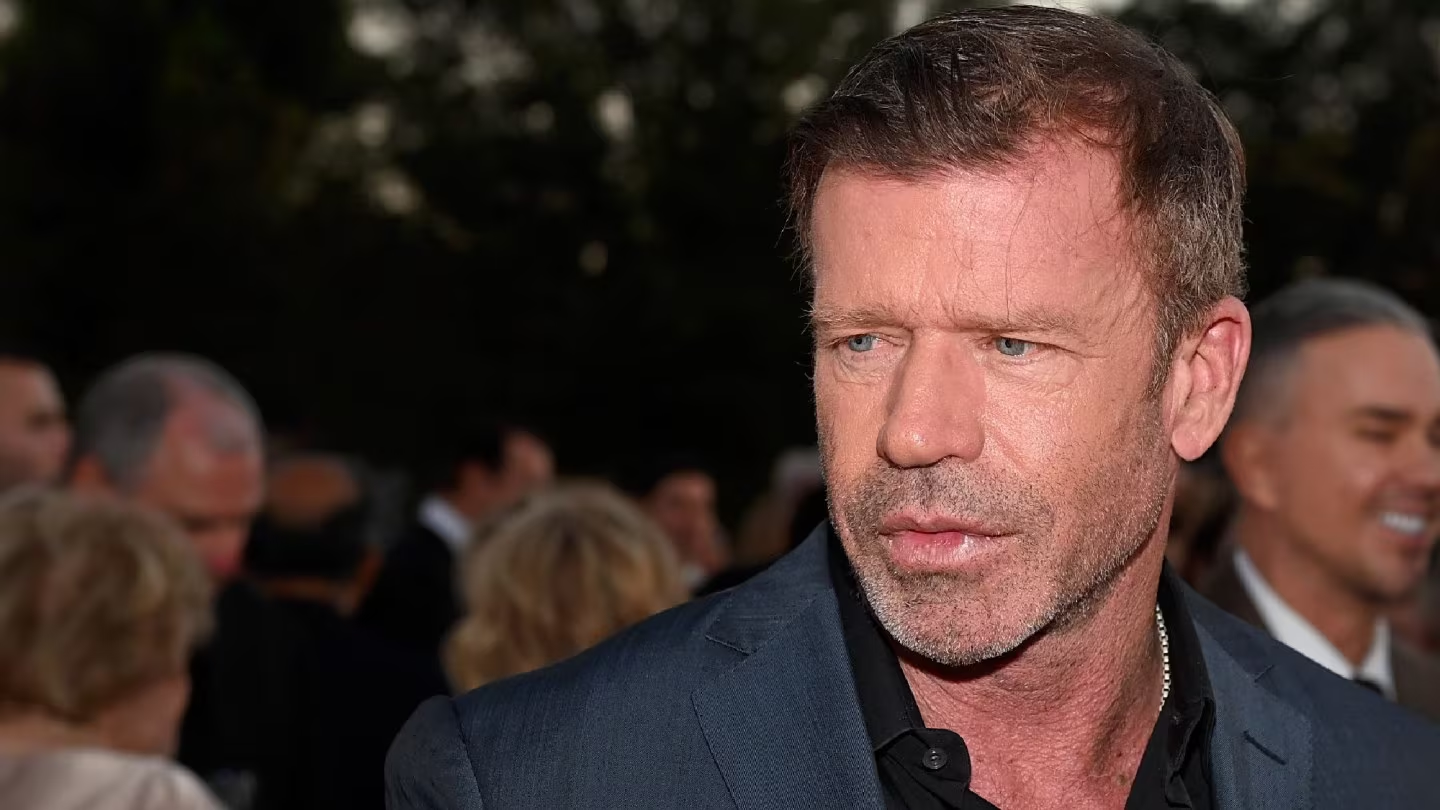A Week of Unrest: Layoffs, Executive Shifts, and Creative Conflict
The media conglomerate Paramount Global recently endured a period of intense corporate scrutiny and internal turmoil, marked by significant staff reductions, executive restructuring, and highly publicized tensions with its most valuable creative partner, Taylor Sheridan. This convergence of negative events underscores the profound challenges facing legacy media companies navigating the transition to streaming dominance in 2025.
For readers seeking clarity on the future of one of Hollywood’s most storied studios, the recent developments paint a picture of a company under immense pressure to streamline operations and stabilize its content pipeline, even as it undergoes a major ownership transition.
The Corporate Conundrum: Restructuring Under New Ownership
The immediate backdrop to Paramount’s turbulent week was the ongoing process of corporate integration and cost-cutting following the acquisition by David Ellison and Skydance Media. While the specifics of the long-term strategy remain under development, the immediate necessity was financial stabilization.
Financial Pressures and Staff Reductions
In a move reflecting industry-wide efforts to prioritize profitability over scale, Paramount initiated substantial layoffs across various divisions. These reductions were framed as necessary steps to achieve greater efficiency and synergy between the company’s linear assets (such as the CBS network) and its streaming platform, Paramount+.
Key details regarding the staff cuts:
- The layoffs impacted hundreds of employees across the organization.
- The cuts were designed to reduce redundancy and operational overlap following the merger and subsequent executive reorganization.
- The stated goal was to create a more agile and financially sustainable structure capable of competing effectively in the highly competitive streaming landscape.

Executive Turmoil
Accompanying the staff reductions was a series of executive shifts, signaling a new operational direction. Such changes are common during major corporate transitions, but the speed and breadth of the moves contributed to the sense of instability within the company. The new leadership team faces the immediate task of demonstrating to Wall Street and creative partners that the company can execute a coherent strategy while simultaneously cutting costs.
The Creative Crisis: Strained Relationship with Taylor Sheridan
Perhaps the most damaging headline of the week concerned the strained relationship between Paramount and Taylor Sheridan, the prolific showrunner responsible for the massively successful Yellowstone universe and its numerous spin-offs. Sheridan’s content slate is arguably the most valuable asset driving subscriptions to Paramount+.
The Value of the Sheridan Universe
The success of the Sheridan-verse is critical to Paramount’s streaming strategy. The franchise includes:
- Yellowstone: The flagship series that established the universe.
- 1883 and 1923: Highly acclaimed prequel series that draw significant viewership.
- A growing slate of other series, including Tulsa King and Mayor of Kingstown.
These titles provide the necessary cultural relevance and subscriber retention that Paramount+ desperately needs to compete with giants like Netflix and Disney+. The reported tensions—which often revolve around creative control, budget allocations, and scheduling—create significant risk for the company, as losing or alienating a showrunner of Sheridan’s stature could severely undermine the platform’s content strategy.

Implications of the Conflict
The public nature of the friction suggests deep operational disagreements. For a company undergoing a sale and restructuring, maintaining stable, high-value creative relationships is paramount. Any perceived instability in the production of tentpole shows like those from Sheridan’s camp immediately raises concerns among investors and consumers about the long-term viability of the content slate.
Broader Industry Context: The Consolidation Pressure
Paramount’s challenges are not isolated; they reflect the broader existential crisis facing traditional media companies in 2025. The industry is rapidly consolidating, and companies are under pressure to achieve massive scale or find niche profitability.
The Warner Bros. Discovery Shadow
Adding to the uncertainty, the market continues to watch the moves of competitors, notably Warner Bros. Discovery (WBD). WBD, having undergone its own complex merger and restructuring, represents a potential model—or a potential suitor—in the ongoing consolidation game. The mere existence of large, restructured competitors puts pressure on Paramount to resolve its internal issues quickly and decisively.
The Streaming Profitability Mandate
The era of spending billions purely for subscriber growth has ended. The new mandate across Hollywood is profitability. This shift is the core driver behind the layoffs and the intense focus on maximizing the return on investment for every piece of content. Paramount is forced to make difficult choices: cutting costs on the operational side while simultaneously investing heavily in the few creative partners, like Sheridan, who can deliver guaranteed hits.

Key Takeaways
The confluence of corporate, financial, and creative challenges makes this a critical period for Paramount Global. The key takeaways for stakeholders are:
- Financial Streamlining: Significant layoffs are a direct consequence of the mandate to achieve streaming profitability and integrate newly acquired assets.
- Executive Transition: The company is undergoing a major leadership overhaul following the ownership change, leading to internal instability.
- Creative Risk: The public tension with Taylor Sheridan poses the greatest immediate threat to the Paramount+ content pipeline and subscriber retention.
- Industry Pressure: Paramount’s struggles are emblematic of the wider media industry’s fight for survival and scale against tech giants and established streaming leaders.
Paramount Global’s turbulent week highlights the precarious balance required to manage a legacy media empire in the modern era. The success of the new ownership and executive team hinges on two critical factors: first, their ability to execute the necessary cost-cutting measures without crippling core operations; and second, their capacity to mend and secure the vital creative relationships, particularly with Taylor Sheridan, that fuel their most successful content franchises. Until these internal conflicts are resolved, uncertainty will continue to define the company’s trajectory in 2025.
Original author: James Hibberd
Originally published: October 31, 2025
Editorial note: Our team reviewed and enhanced this coverage with AI-assisted tools and human editing to add helpful context while preserving verified facts and quotations from the original source.
We encourage you to consult the publisher above for the complete report and to reach out if you spot inaccuracies or compliance concerns.

